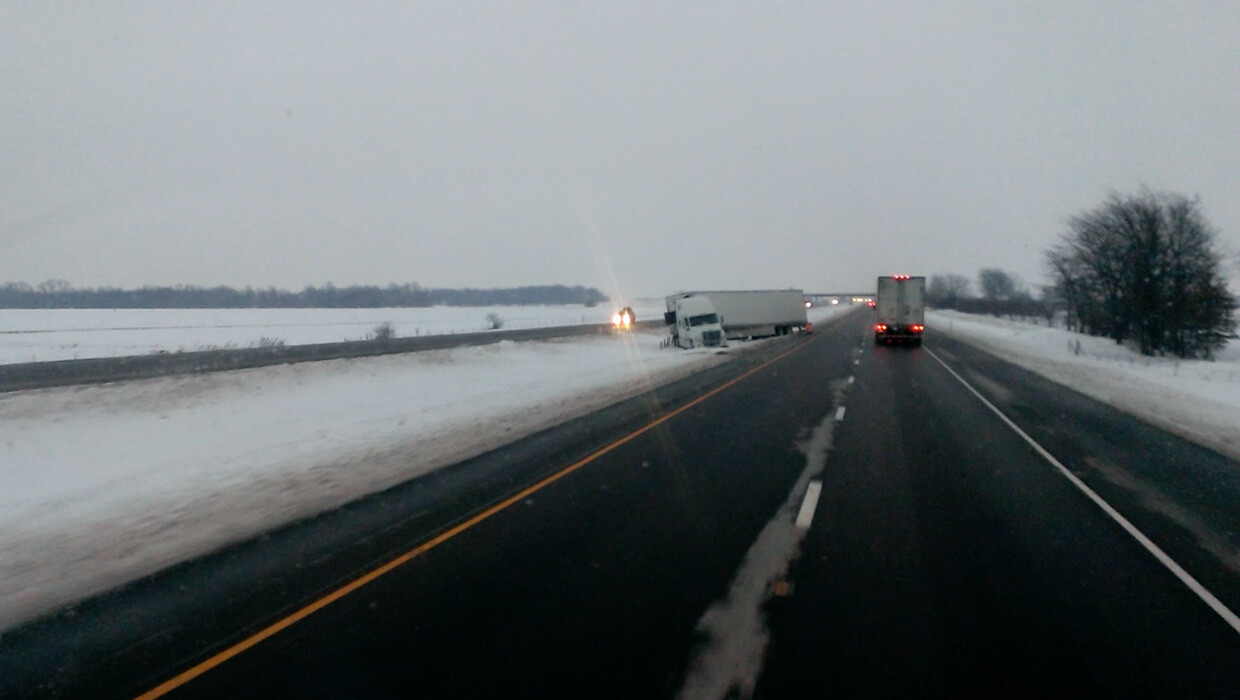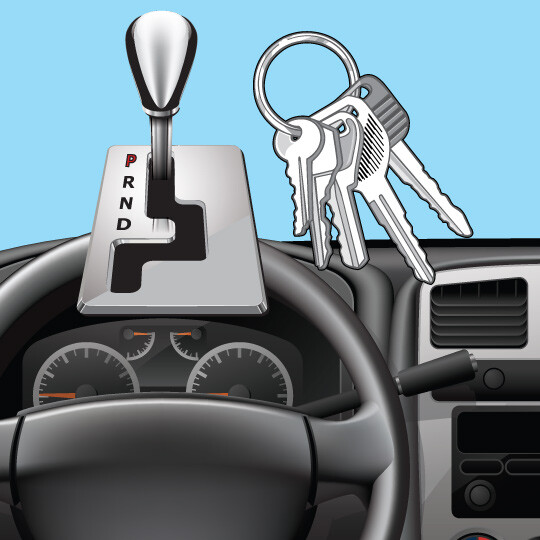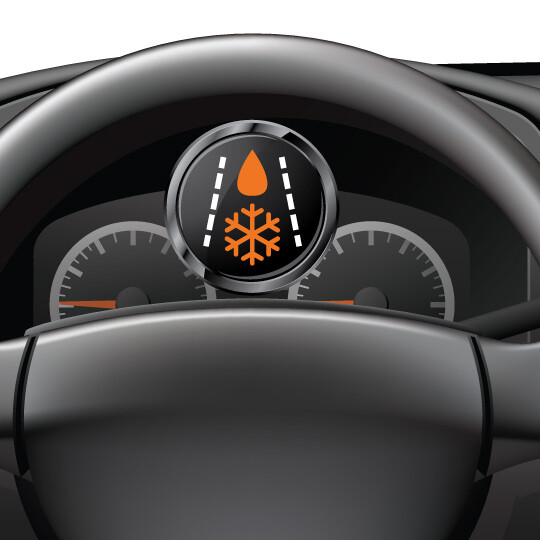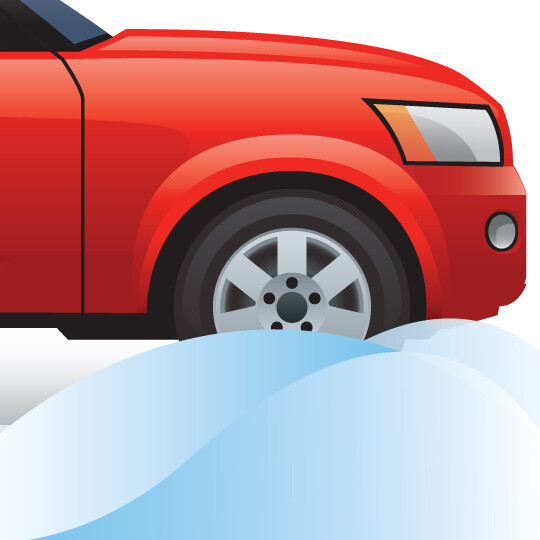Temperature Warning
Alerts you when the outside temperature is detected to be at or below freezing, which can impact the conditions of roadways.
This recently introduced feature uses temperature readings and other information to help warn drivers when roads are or may become icy.








